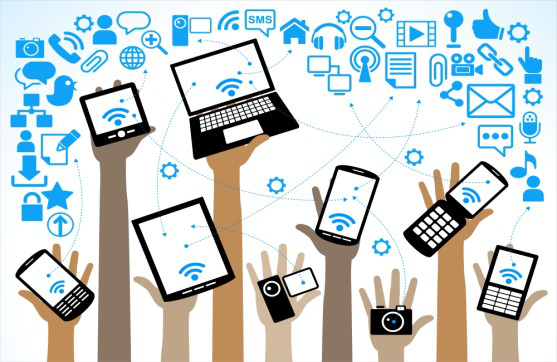In the ever-evolving landscape technology in education, technology has become an integral part of the teaching and learning process. The incorporation of digital tools and devices in educational settings has brought about transformative changes. Here are five compelling reasons why we use technology in education:
Enhanced Learning Experiences
Technology in education facilitates dynamic and interactive learning experiences. Interactive simulations, virtual laboratories, and multimedia content engage students in ways traditional methods may not. Educational apps and platforms provide personalized learning paths, catering to diverse learning styles and paces. With technology, educators can create immersive environments that make complex concepts more accessible and enjoyable for students.
Access to Information and Resources
The internet has revolutionized how students access information and resources. Online libraries, databases, and educational websites provide a wealth of knowledge at students’ fingertips. This easy access promotes independent research skills, allowing students to explore beyond the classroom curriculum. Additionally, digital textbooks and e-resources are often more cost-effective and sustainable compared to traditional printed materials, contributing to a more environmentally friendly educational landscape.
Collaborative Learning Opportunities
Technology facilitates collaboration among students, educators, and even institutions. Virtual classrooms, online discussion forums, and collaborative tools enable students to work together on projects, regardless of physical locations. Video conferencing platforms break down geographical barriers, fostering global collaboration and cultural exchange. Collaborative learning experiences not only enhance understanding but also prepare students for the interconnected, collaborative nature of the modern workforce.
Adaptive Learning and Personalization
Technology allows for adaptive learning platforms that adjust content and difficulty based on individual progress. Intelligent algorithms analyze student performance and tailor educational content to meet their specific needs. This personalized approach ensures that students receive targeted support and challenges, helping them reach their full potential. Adaptive learning technologies empower educators to provide differentiated instruction, catering to the unique learning requirements of each student.
Preparation for Future Careers
Integrating technology in education prepares students for the demands of the future workforce. Familiarity with digital tools, coding languages, and problem-solving through technology is increasingly crucial in various professions. Exposure to educational technology equips students with the digital literacy skills necessary for success in a technology-driven society. From coding and programming to data analysis and digital communication, technology in education bridges the gap between classroom learning and real-world applications.
Conclusion:

The integration of technology in education is not just a trend but a transformative shift that enriches learning experiences, expands access to information, promotes collaboration, tailors education to individual needs, and prepares students for the challenges of the future. While embracing technology, it is crucial to strike a balance, ensuring that its implementation aligns with educational goals and values. As technology continues to advance, its role in education will likely evolve, shaping the way we teach and learn in the years to come.



